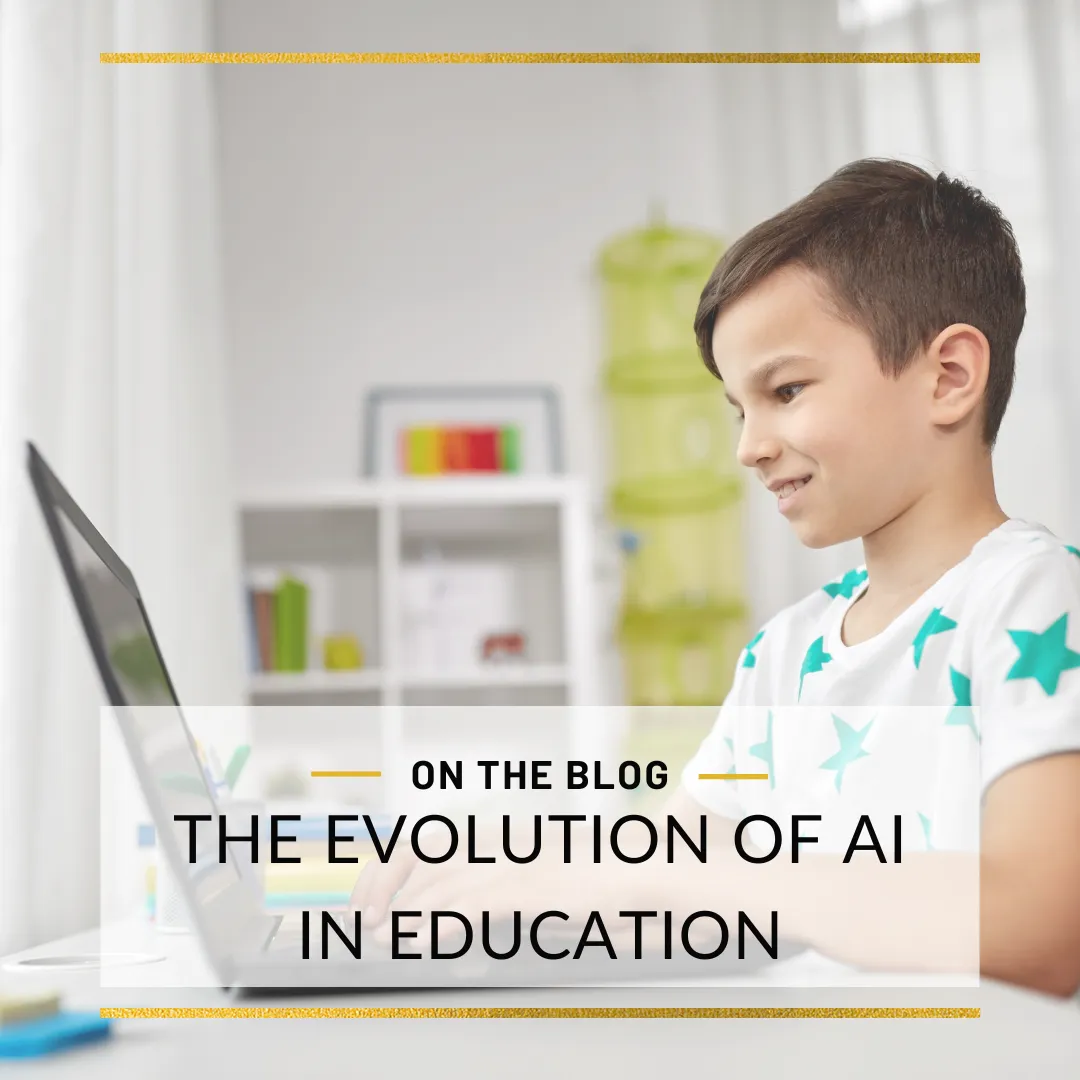
The Evolution of AI in Education
“AI has made a huge leap from being a futuristic idea to an everyday tool in education."
Part 1: The Evolution of AI in Education
How is AI Changing Education?
Artificial intelligence (AI) is rapidly becoming a driving force in education, reshaping how teachers teach and how students learn. As schools increasingly embrace technology, AI is stepping in to help with everything from simplifying classroom tasks to delivering more personalized instruction. For educators, the big question is: how can we make the most of it?
In today’s fast-changing world, the way we educate students has to evolve too. AI isn’t just another passing trend—it's here to stay. Whether it’s streamlining paperwork, providing instant feedback, or opening doors to more inclusive learning environments, AI has the potential to make a huge impact. In this post, we’ll break down what AI really is, how it’s developed in the last decade, and where it stands in education right now.

What Exactly Is AI?
Before diving into the details, it’s important to understand what artificial intelligence actually is. In simple terms, AI is all about creating machines or systems that can handle tasks that typically require human intelligence. Think of things like recognizing speech, making decisions, or even predicting outcomes.
There are a few key terms you might hear: machine learning, deep learning, and data analysis. Machine learning is when computers “learn” from data over time, improving their performance without needing to be explicitly programmed. Deep learning takes this a step further, using neural networks to mimic human decision-making. And finally, data analysis helps AI systems make sense of large amounts of information—something that can be incredibly useful for educators wanting to better understand student needs and progress.
These tools aren’t just buzzwords—they’re what allow AI to tailor learning experiences, giving students what they need, when they need it, and helping teachers design smarter lessons that hit the mark. So, understanding the basics of AI helps paint a picture of how it can be applied in classrooms today.
How Has AI Evolved Over the Last 10 Years?
In the past decade, AI has made a huge leap from being a futuristic idea to an everyday tool in education. When AI first entered the education space, it was mostly used for behind-the-scenes tasks like grading or managing schedules. Today, it’s making waves in more interactive ways, helping teachers personalize learning and offering students tools that adapt to their unique needs.
For example, some learning platforms now use AI to recommend lessons or activities based on a student’s performance. Virtual teaching assistants can answer routine questions, making large online classes more manageable for teachers. AI is also being used to analyze student data, helping teachers identify areas where students are struggling and providing real-time solutions to close those gaps.
This shift towards AI-enhanced tools has changed how both students and teachers interact with content. Instead of one-size-fits-all lessons, AI now allows for more individualized learning experiences. And as these tools become more sophisticated, they’ll continue to play a bigger role in the future of education.
Where Are We Now? AI’s Role in Today’s Classrooms
So, how is AI being used in classrooms right now? The short answer: in more ways than ever before. Whether it’s K-12 schools or universities, AI is popping up in classrooms around the world. From intelligent tutoring systems to automated grading tools, AI is helping to improve everything from teaching quality to student outcomes.
In some parts of the world, like China, AI is a key part of everyday schooling, with AI-driven classrooms becoming increasingly common. Closer to home, AI is helping schools support students with diverse needs, like those with disabilities, and expanding access to education in remote or underserved areas. Whether it's making learning more accessible or streamlining teacher workloads, AI is becoming a critical part of today’s educational landscape.
Of course, while AI offers a lot of potential, it’s not without challenges. There are concerns about data privacy, and teachers will need ongoing training to effectively use these tools. But even with these hurdles, the current state of AI in education is one of growth and exciting possibilities.
